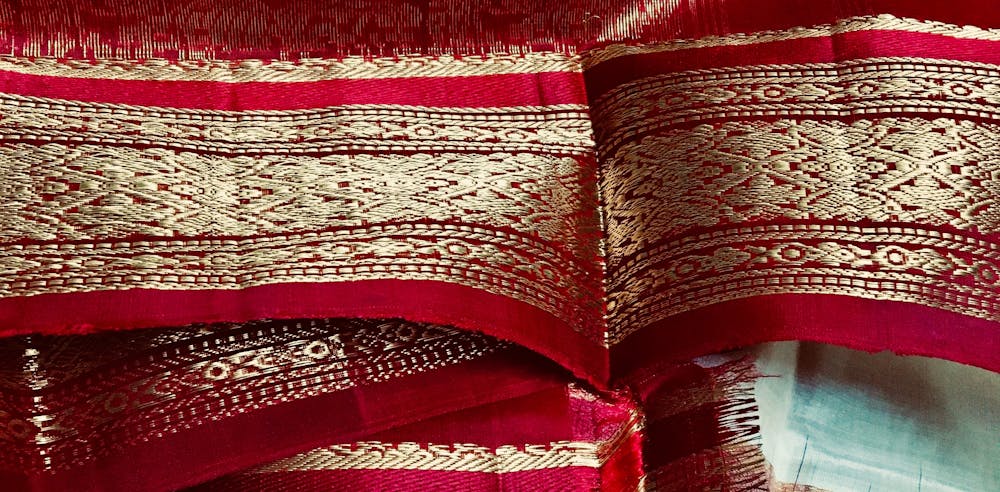Related Articles
Why did saris become a rarity in Pakistan?
During the rule of Zia-ul-Haq, the sari was banned from being worn on television. His intense move towards right-wing islamisation made the sari invisible among common Pakistani women.
29 Jul 22
Why do women wear saris in Pakistan?
The sari has always been worn in Pakistan, however, in recent years it has been replaced by the salwar kameez. Zoroastrian and Hindu women are the ones that are seen wearing a sari.
29 Jul 22
Is the sari an Indian garment?
The sari is commonly associated with India but is worn around the subcontinent. In Pakistan, the sari unfortunately isn’t worn as much due to it being a sign of “indianness.”
29 Jul 22

